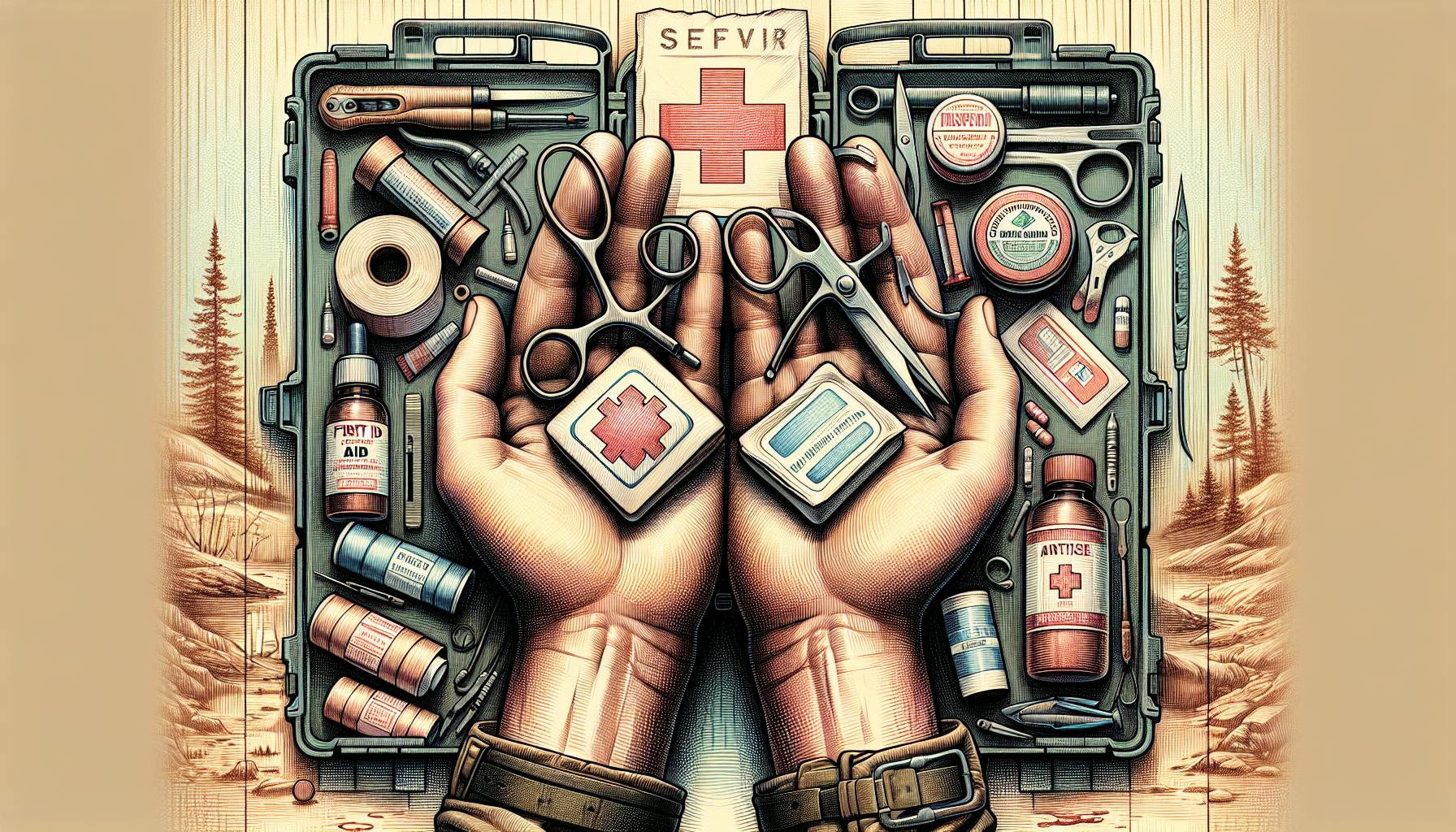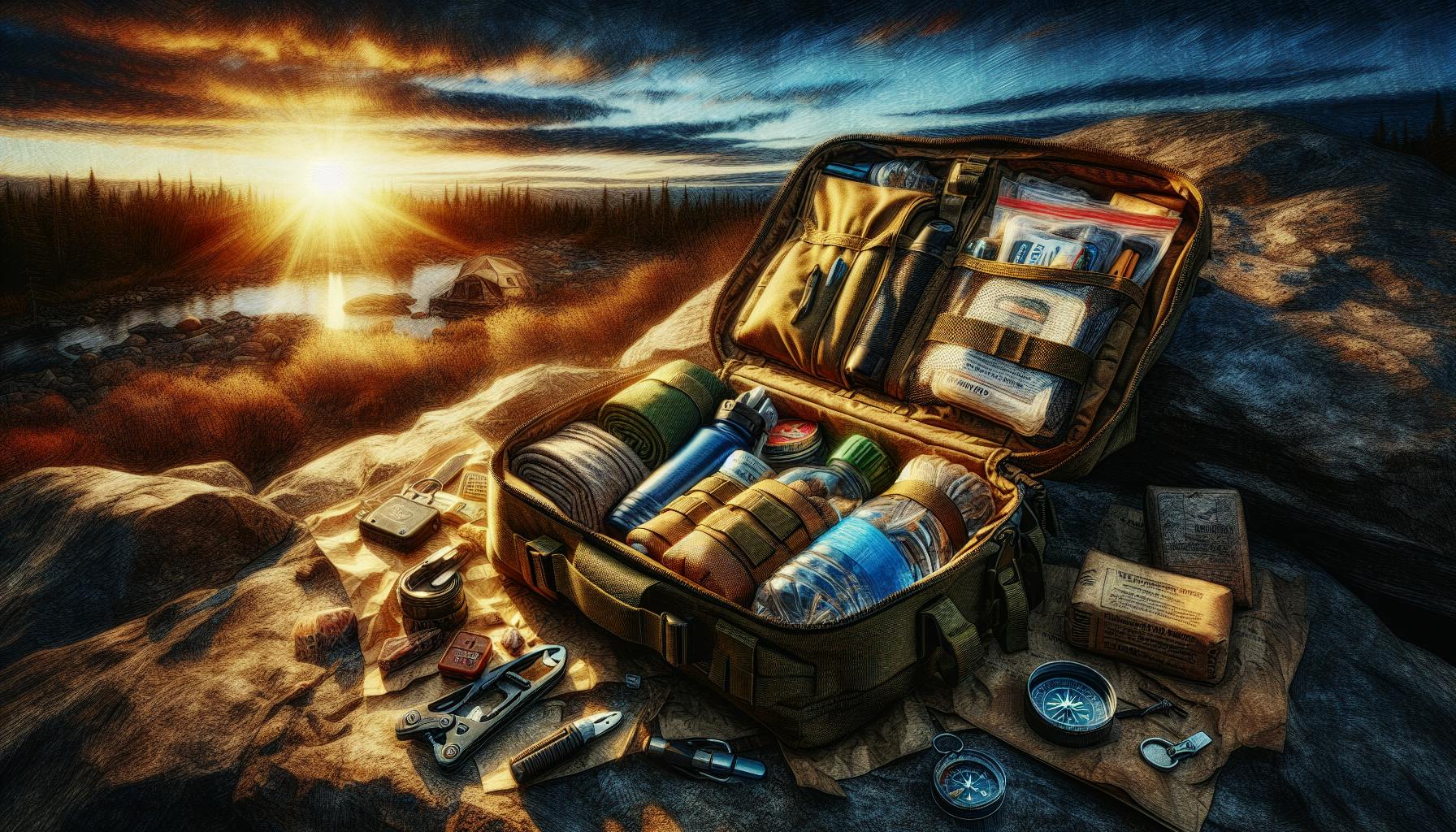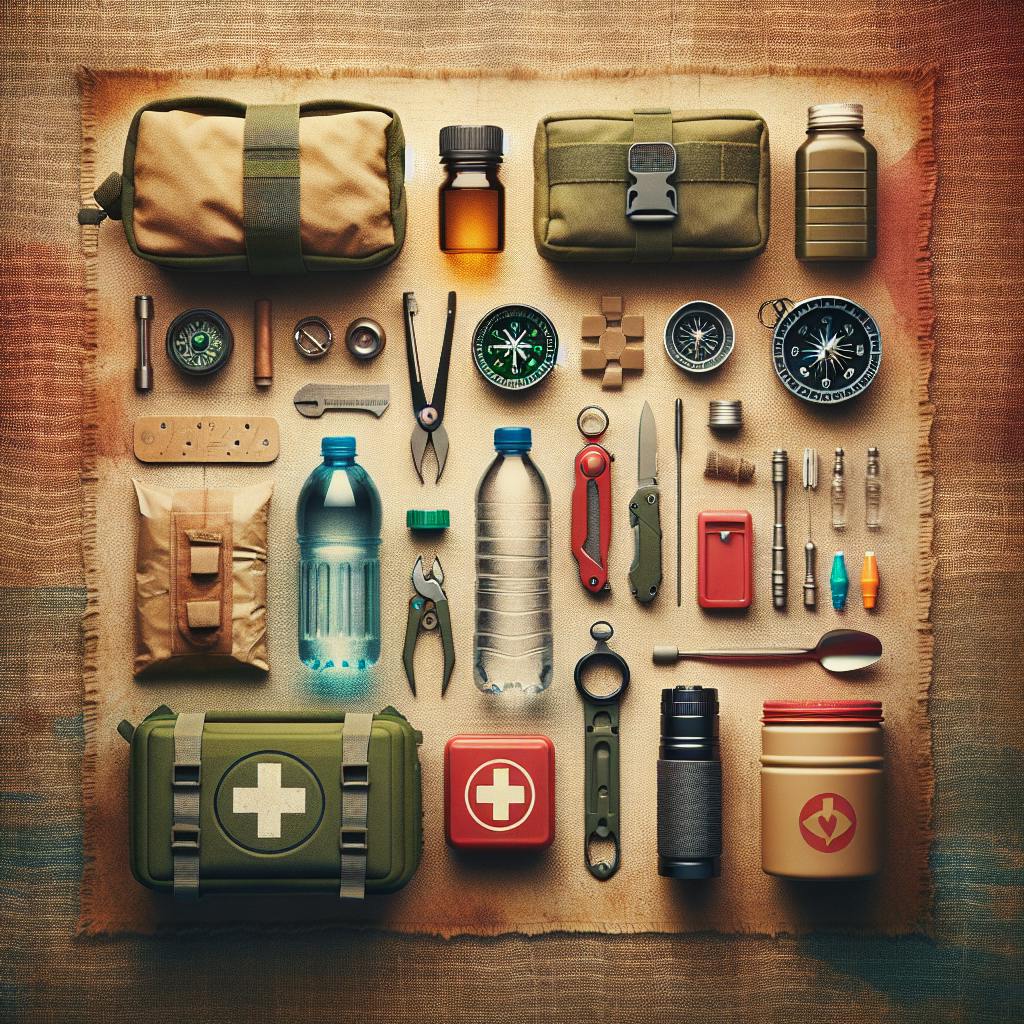Introduction
A nuclear attack remains an unsettlingly plausible global threat. While tensions between nuclear powers ebb and flow, the immense destruction caused by even one nuclear explosion makes preparedness an existential necessity. Just one missile penetrating defenses could annihilate the heart of a major metropolitan region, with radioactive fallout contaminating vast areas downwind. Experts widely agree that a terrorist nuclear incident is all but inevitable eventually, given the ambitions of rogue groups and the availability of nuclear materials.
Complacency about the threat only increases society's vulnerability. But preparation can significantly improve the odds of surviving a nuclear event. This requires moving beyond the many myths and misconceptions surrounding nuclear attacks. Having accurate information allows you to make effective plans and acquire the necessary skills and supplies to endure a detonation. Resources like WeLovePrepping offer detailed nuclear preparedness guides to boost readiness on the individual and family level.
This article will bust four common nuclear attack myths with facts and expert analysis. Understanding the reality of the threat landscape enables you to keep your family safe should the null scenario of a nuclear emergency arise. With the right mindset, knowledge, and tools, it is very possible to survive even a close-range blast and radioactive fallout with minimal exposure.
Myth 1: A Nuclear Attack is Unlikely
Many people reflexively downplay the odds of a nuclear weapon being detonated, seeing it as such a remote possibility that it borders on paranoia to even consider. However, a hard look at the global situation reveals just how frighteningly plausible a nuclear attack has become:
-
Global tensions between nuclear powers like the U.S., Russia, and China are steadily escalating to levels not seen since the Cold War. Regional conflicts also risk going nuclear.
-
Terrorist groups like Al-Qaeda and ISIS actively and persistently seek nuclear devices to unleash, and rogue states like North Korea wish to expand their nuclear arsenals.
-
Enriched uranium and plutonium have gone missing from some nuclear facilities, likely sold on the black market. Lax security makes military stockpiles and reactors vulnerable.
-
Cyberattacks pose another nuclear threat vector, with the capability to penetrate nuclear launch controls and disable safety systems. This almost happened in Turkey in 1962 absent cyber, when a socket wrench accidentally initiated launch sequences.
-
It would only take one nuclear missile managing to evade defenses and early warning systems to cause absolute devastation in a major city. Missile technology is also steadily advancing globally.
Considering these factors, the odds of a rogue nuclear attack triggering either intentionally or accidentally are high enough to merit diligent preparedness. Monitoring sites like WeLovePrepping help civilians stay abreast of nuclear threats as geopolitics evolve. Having emergency provisions and educating yourself on survival tactics relevant to a nuclear event is only prudent, given the null possibility of such catastrophe befalling your city.
A Global Powder Keg
Terrorist groups like Al-Qaeda have stated their intent to acquire nuclear weapons. Rogue states like North Korea expand their nuclear arsenals despite sanctions. Stocks of enriched uranium and plutonium have even disappeared from certain facilities, likely sold on the black market. Security experts consider terrorist acquisition of nuclear weapons inevitable. Regional conflicts around the globe also risk escalating to nuclear war quickly, as history has shown.
One Missile is All it Takes
Due to the immense destructive power of nuclear weapons, just one warhead penetrating defenses could kill hundreds of thousands in the initial blast. The radioactive fallout would then displace millions more as large areas became uninhabitable for decades. A high-altitude EMP burst would cripple electronics across an entire region. Launch technology is also improving steadily, with hypersonic missiles able to evade detection and interception. It would only take one apocalyptic missile to devastate an entire metro.
Myth 2: There's Nothing You Can Do
Many people assume that a nuclear detonation or fallout would be an automatic death sentence, no different than being at ground zero of a meteor impact. So preparations seem fruitless. This resignation concedes a key point to the mythology surrounding nuclear war. In truth, having the right emergency provisions, knowledge of radiation safety, and a solid survival plan can significantly improve the odds of enduring a nuclear event relatively unscathed. Consider that many people survived the Hiroshima and Nagasaki bombings by seeking proper shelter. And their cities had no warning whatsoever of the attack. With vigilance and the right tools, surviving a nuclear detonation is quite viable. Preparedness websites like WeLovePrepping provide extensive nuclear survival skills and supply checklists to boost readiness.
Be Ready Before an Attack
Gathering provisions like food, water, radiation-blocking potassium iodide pills, geiger counters, first aid kits and other critical supplies will give you a crucial headstart in the event of an attack. Having an underground shelter or reinforced safe room in your home that can strongly block radiation will also drastically improve survival odds in the fallout zone. You can learn key skills like emergency medicine, radiation safety protocols, water purification, food preservation, and other self-reliance tactics. Resources like WeLovePrepping's nuclear prep guides offer detailed checklists and instructions to get ready.
Execute Your Nuclear Survival Strategy
Once an attack occurs, having a well-rehearsed plan in place to protect your family is critical. You'll need to quickly judge whether to shelter-in-place or urgently evacuate depending on your proximity to the detonation. Stay alert to emergency broadcasts providing life-saving instructions. Treat radiation burns, radiation sickness, and trauma injuries according to your training. Following established protocols will minimize contamination risk and maximize survival. Websites like WeLovePrepping offer nuclear survival guides to help develop and practice your strategy.
Myth 3: Any Radiation Exposure is Deadly
Many people believe that even the tiniest amount of radiation exposure guarantees imminent death. This bleak notion is simply untrue. While intense radiation certainly heightens risks from burns, sickness, and cancer, the impact is cumulative over time. Minimizing exposure via preparation, increasing distance from the source, and properly sheltering during the plume phase can greatly reduce the health consequences. Scrupulous decontamination of yourself, clothing and shelter can also protect against absorbing additional radiation. So while severe exposure is clearly dangerous, smart precautions taken can significantly improve outcomes. Websites like WeLovePrepping provide detailed radiation safety tips that could save your life.
Understand the Types of Radiation
The three main kinds of radiation - alpha, beta, gamma - differ significantly in their penetrative power through materials. Radiation exposure decreases exponentially the farther you manage to be from the source, as per the inverse square law. Methods like sheltering underground, limiting time exposed, maximizing distance, and shielding all reduce radiation absorbed. Tools like geiger counters and dosimeters allow you to monitor your integrated exposure, while decontamination limits long-term health risks. WeLovePrepping's nuclear survival guides explain these crucial radiation safety principles that could spare your family from deadly dose levels.
Minimize and Block Exposure
Basic steps like removing potentially contaminated clothing, showering with mild soap, taking Prussian Blue capsules to inhibit radiation absorption, will all limit exposure. The more time, distance, and solid barriers you can put between you and the fallout plume, the less radiation you will absorb. Sheltering in a properly sealed and ventilated basement or underground shelter is ideal. Maintaining strict hygiene and frequently monitoring with geiger counters further reduces risk. Websites like WeLovePrepping offer many more tips on tracking radiation and minimizing exposure. A little knowledge goes a long way to blocking harmful radiation.
Myth 4: You Can't Survive the Nuclear Blast
Many assume that the immense heat, blinding flash, and overpressure shockwave at the hypocenter would kill everyone nearby instantly. However, those outside the immediate fireball radius stand a good chance of survival with proper preparation. Well-constructed underground shelters with thick walls and blast doors can provide substantial protection against the thermal and shock waves. Treating any resultant injuries promptly, like burns and trauma, drastically improves survival odds. Preparedness sites like WeLovePrepping provide nuclear first aid checklists to promote resilience.
Sheltering Mitigates Blast Effects
Reinforced underground shelters with blast doors and minimal windows can withstand overpressure waves up to a certain magnitude based on distance from the hypocenter. Situating your shelter away from probable ground zero areas boosts survival chances. Proper ventilation prevents carbon monoxide poisoning as well. WeLovePrepping's nuclear shelter guides share construction specifications, materials, and design features to optimize blast protection.
Treat Blast Injuries Quickly
Prompt first aid response will increase nuclear bombing injury survival drastically. Treat burns, shrapnel wounds, impalements, broken bones, and shock immediately per protocols to minimize contamination risks. Stop bleeding rapidly with tourniquets, stabilize fractures with splinting, clear airways. Preventing shock and infection are paramount. Websites like WeLovePrepping offer nuclear first aid checklists to promote resilience even in close proximity to the blast.
Conclusion
This article dispelled some of the most dangerous myths surrounding surviving nuclear attacks. While threats seem remote day-to-day, preparedness is wise and prudent. Having robust emergency provisions, protective shelters, radiation monitoring tools, and training in nuclear survival tactics can significantly improve the odds of enduring a nuclear detonation relatively unscathed. With accurate information and the right equipment, even nearby blasts and radioactive fallout are survivable with minimal exposures if you have a solid plan. Continue learning nuclear survival skills, have supplies ready, and be alert. Resources like WeLovePrepping's nuclear preparedness guides will help you and your family stay safe.


